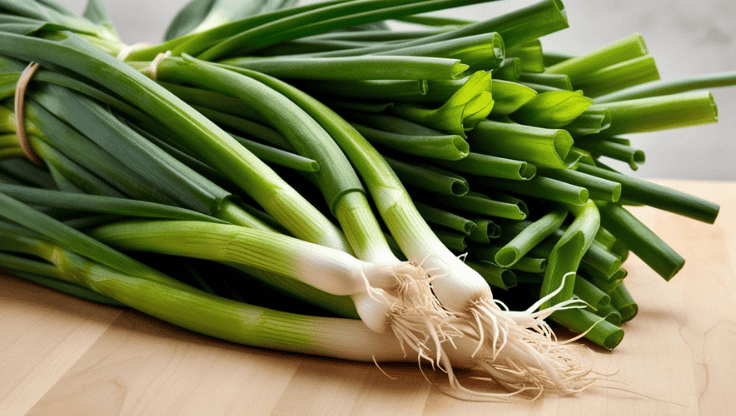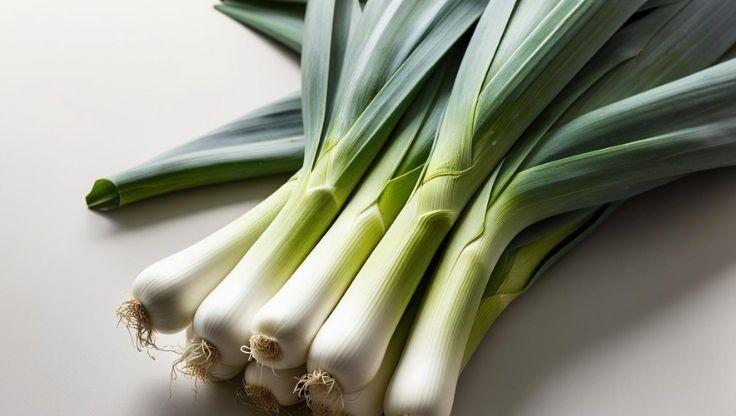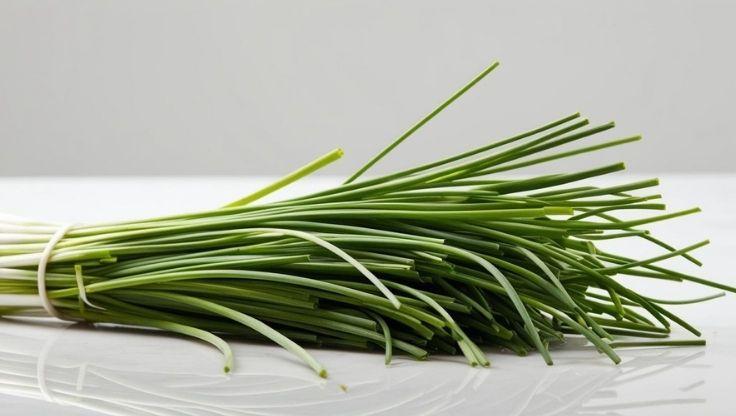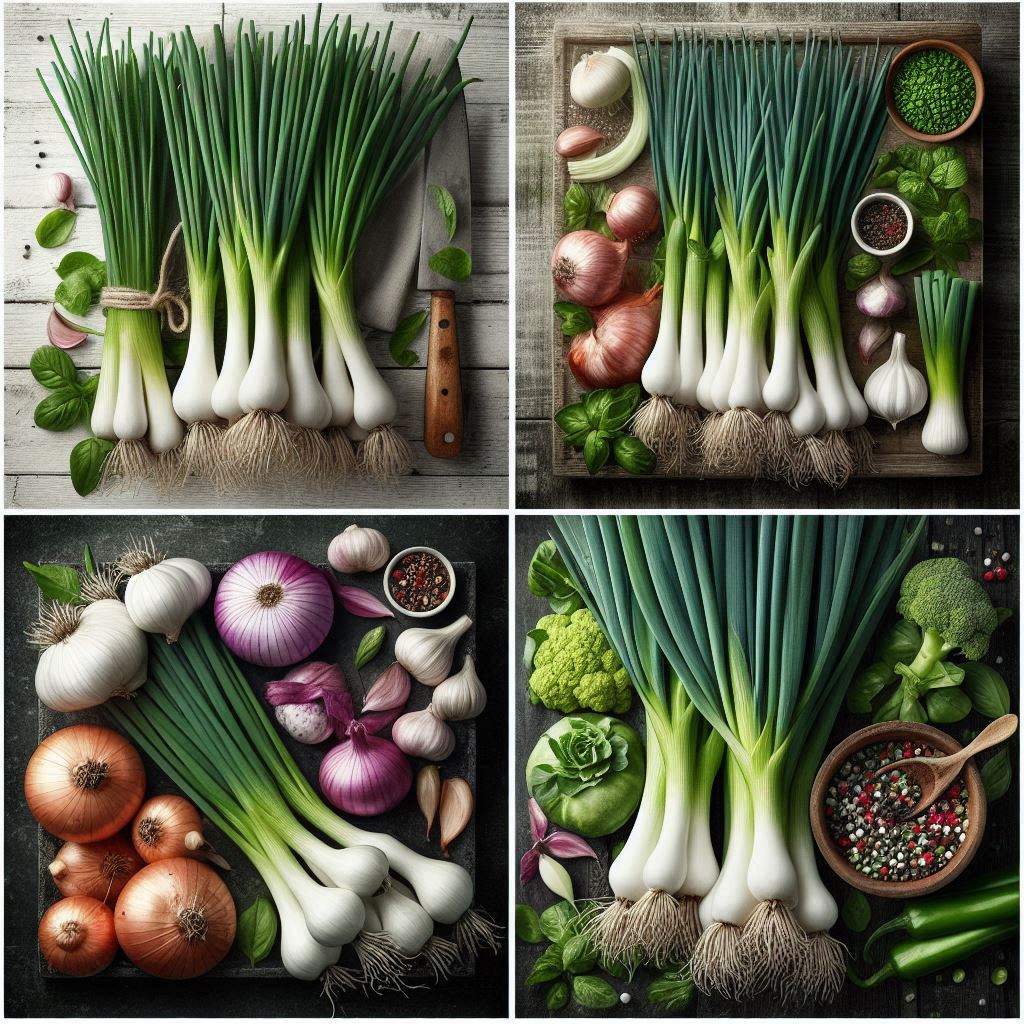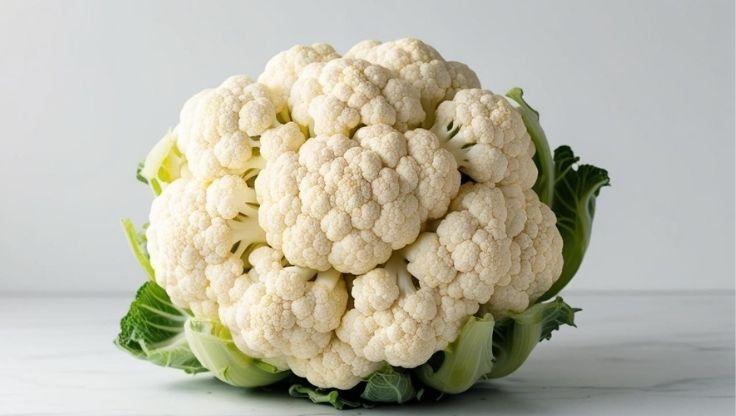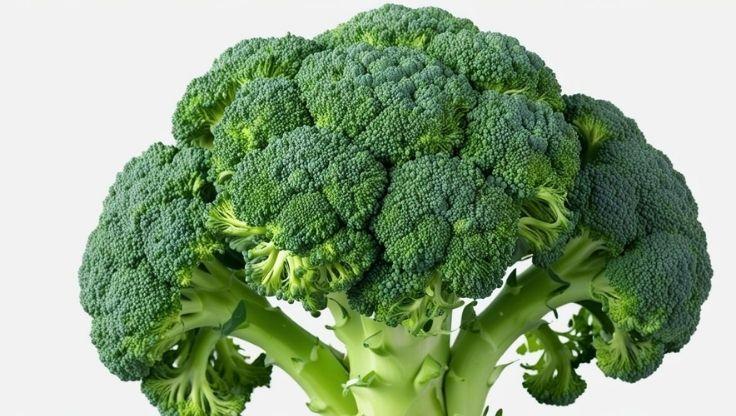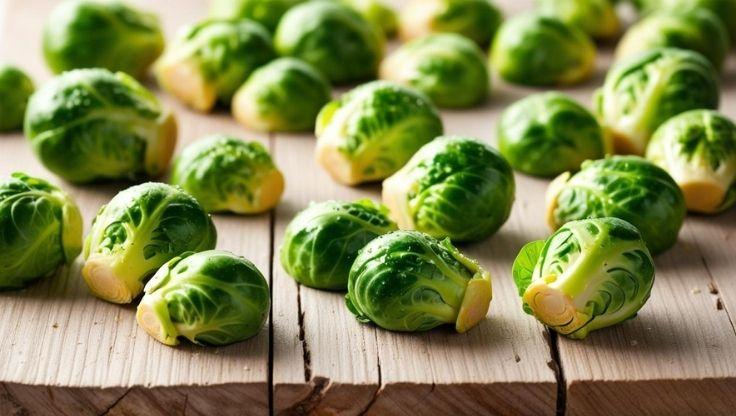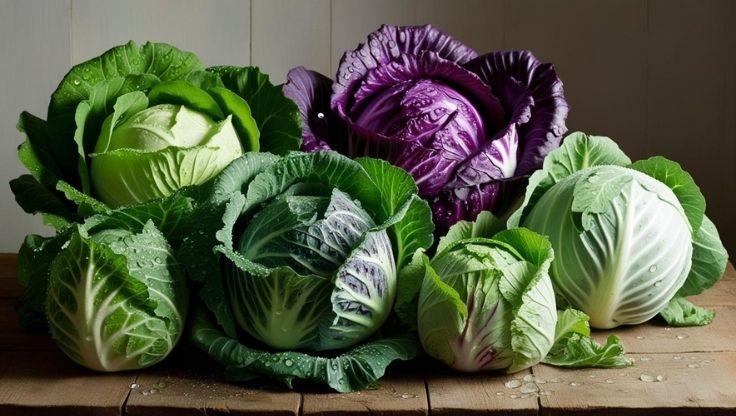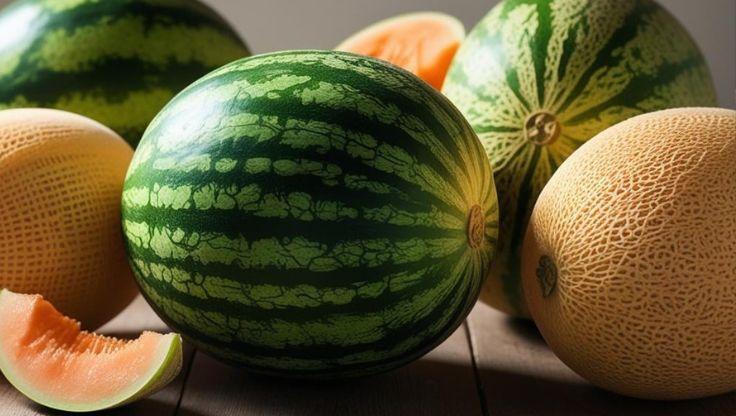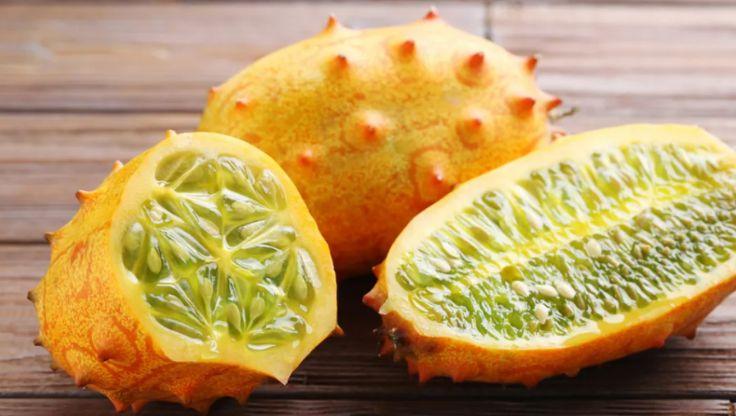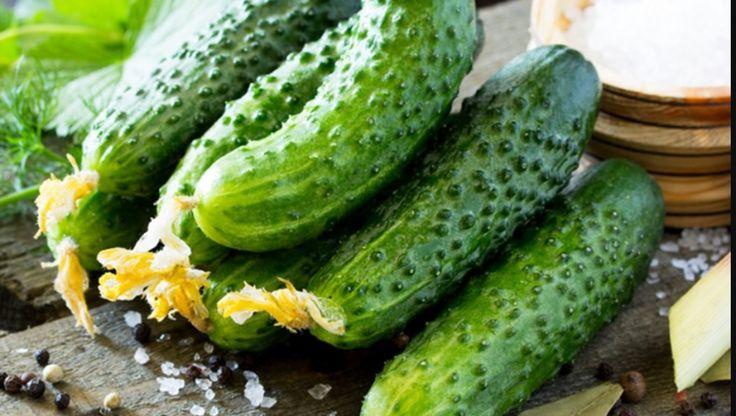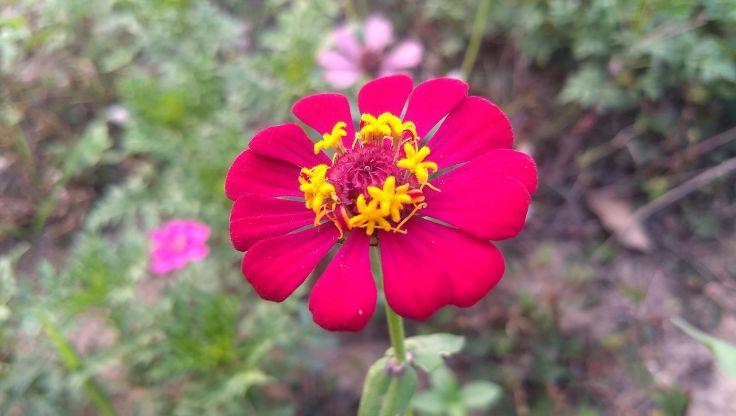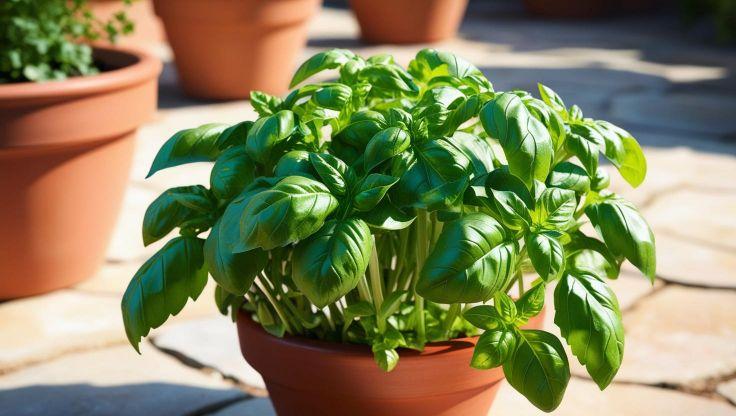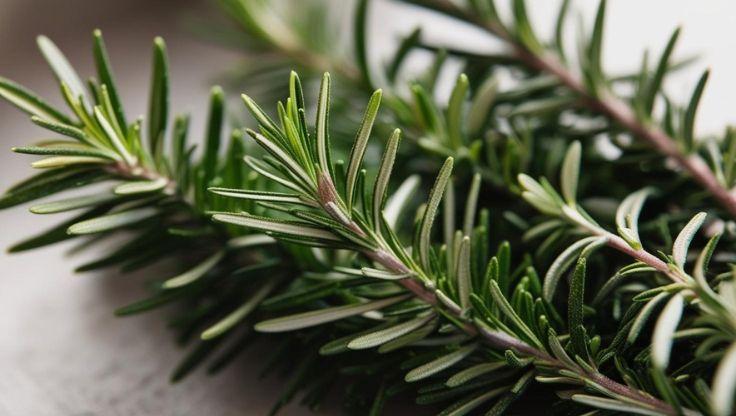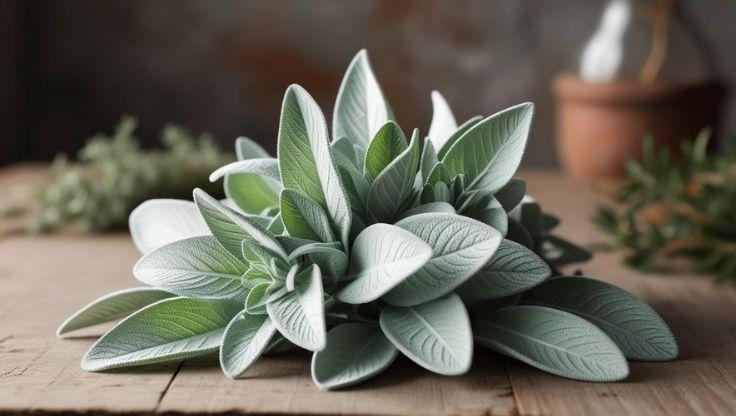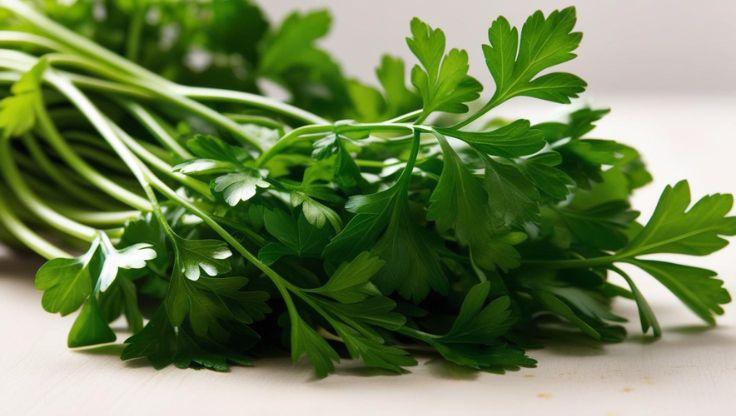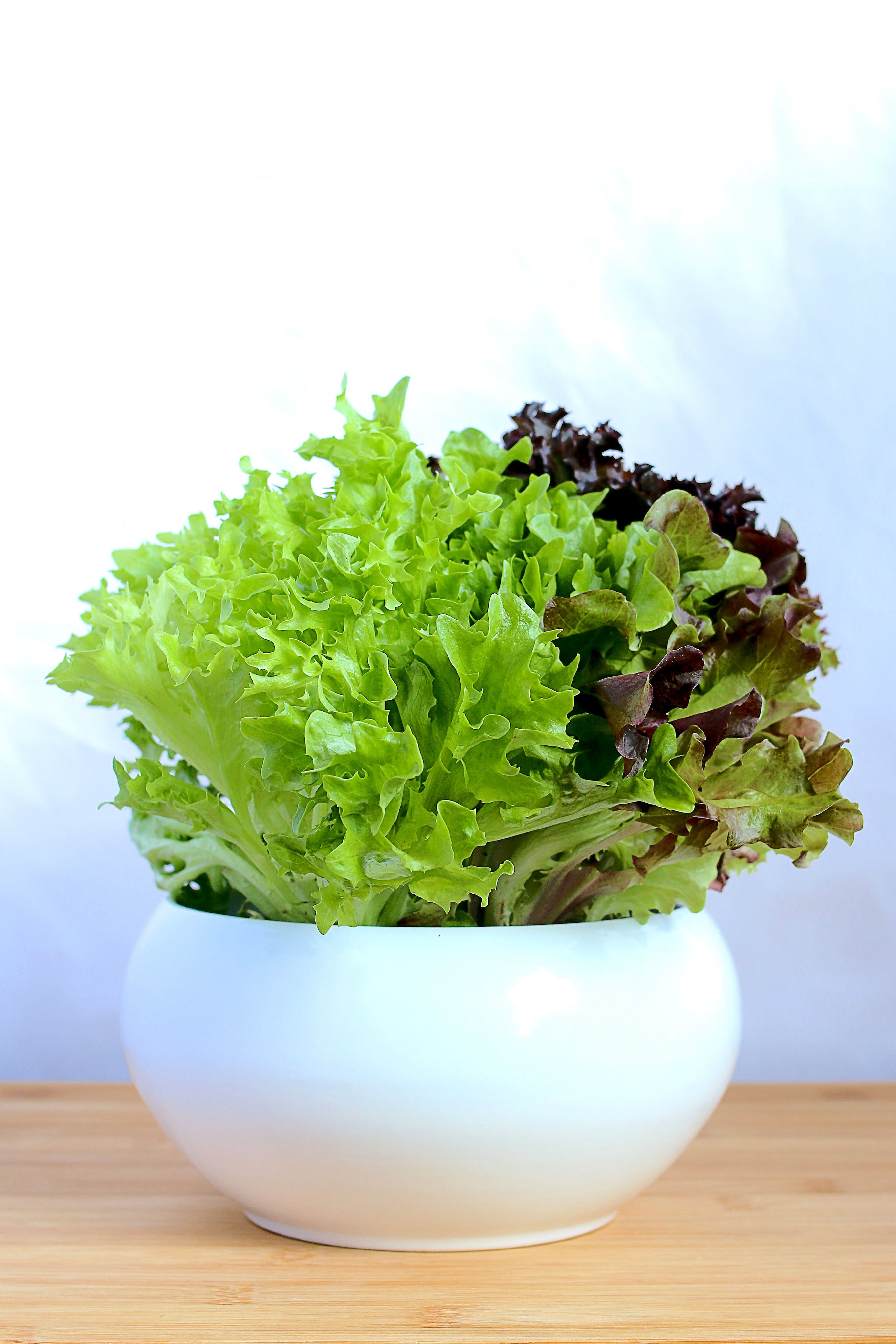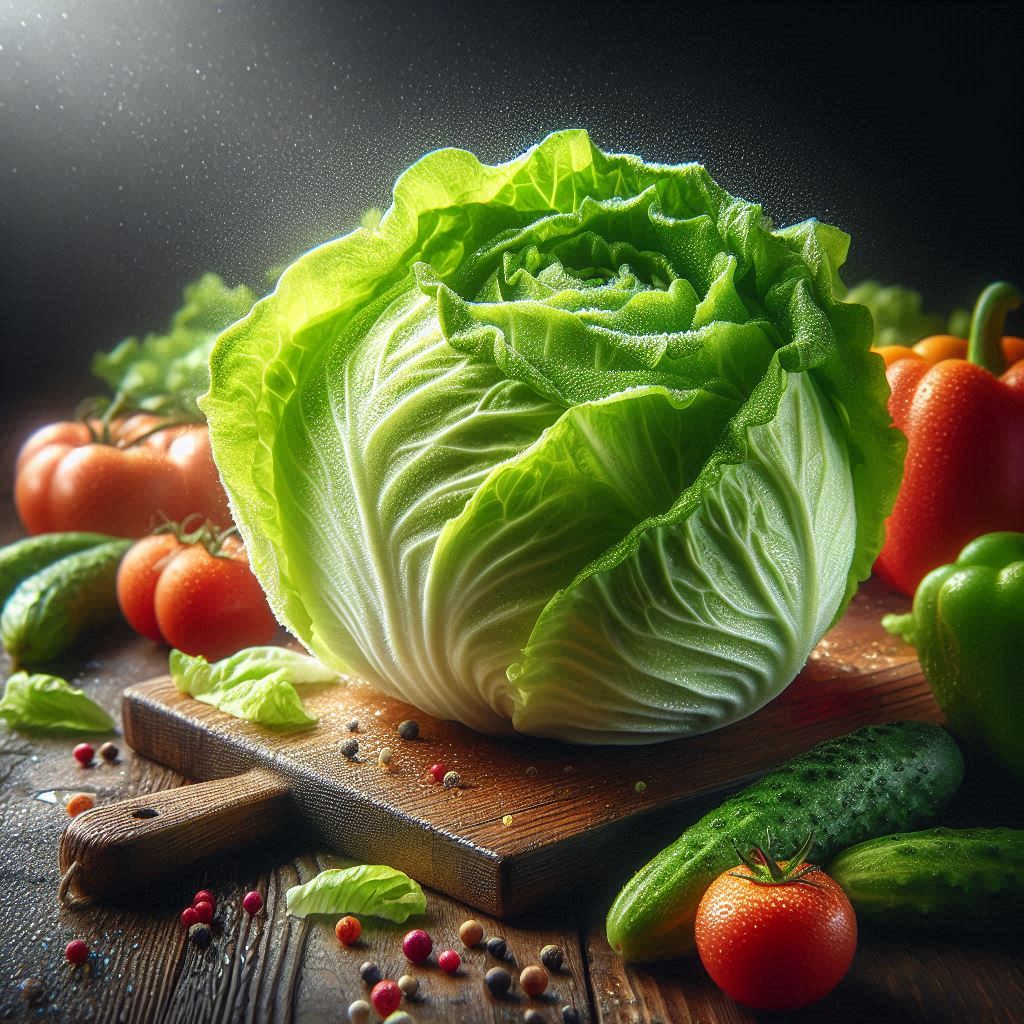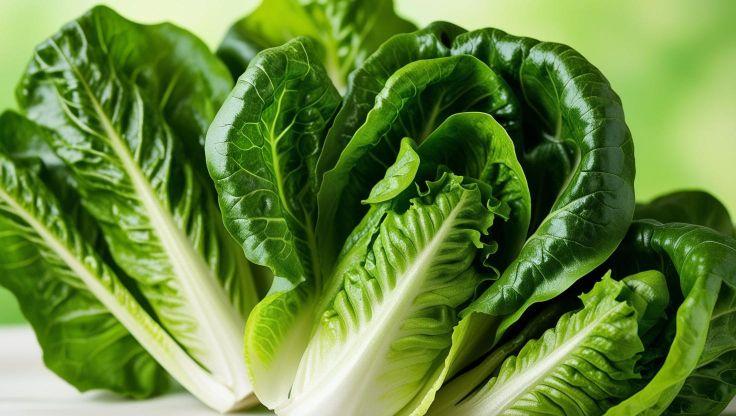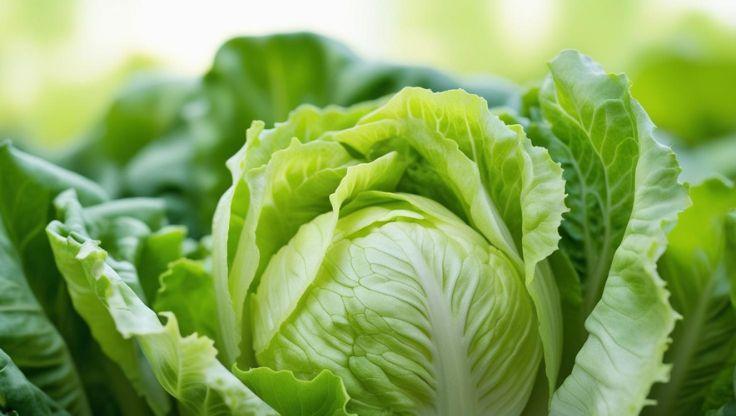Hydroponic Plants: A Complete Guide to Growing Lollo Lettuce
Lollo lettuce (Lactuca sativa var. crispa), a vibrant and curly hydroponic plants are highly valued for its rich flavor and aesthetic appeal. Unlike traditional soil cultivation, growing lollo lettuce in hydroponic systems ensures controlled nutrient delivery, accelerated growth cycles, and enhanced disease resistance. The hydro garden method further reduces water consumption, making hydroponic farming an efficient and eco-friendly approach.

Hydroponic Growing Conditions
Ideal pH and EC Levels
- pH: 5.5–6.5 for optimal nutrient uptake.
- EC Level: 0.8–1.2 mS/cm to maintain consistent growth.
Light, Temperature, and Humidity Requirements
- Light: 12–14 hours of exposure via LED or fluorescent grow lights.
- Temperature: 15–22°C (59–72°F) for uniform leaf development.
- Humidity: 60–75% to prevent dehydration and promote lush growth.
Best Hydroponic Systems for Lollo Lettuce
- Deep Water Culture (DWC): Maintains a steady nutrient flow.
- Nutrient Film Technique (NFT): Facilitates continuous root hydration.
- Aeroponics: Enhances oxygenation, boosting leaf expansion.
Nutrient Solutions and Water Management
- Maintaining correct EC levels prevents nutrient imbalance.
- Regular water circulation reduces the risk of bacterial growth.
- Adjusting pH ensures efficient nutrient absorption.
Detailed Nutrient Formulation
- Early Growth: High nitrogen (N) promotes leafy expansion.
- Maturity Stage: Balanced phosphorus (P) and potassium (K) improve texture and nutrient density.
- Micronutrients: Calcium (Ca) fortifies cell walls, magnesium (Mg) supports chlorophyll synthesis.
Seed to Harvest Process
From seed to seedling, lollo lettuce germinates in 7–10 days under moist, temperate conditions. After transplanting, it reaches maturity within 30–45 days, making it an excellent hydroponic herb for rapid harvest cycles. Each growing hole typically contains 2–3 seeds for optimal density. Popular lollo lettuce varieties include Lollo Rosso (red curly leaves) and Lollo Bionda (green curly leaves), renowned for their soft texture and striking colors.
Uses and Benefits
Culinary Applications
Lollo lettuce enhances dishes with its crisp texture and mildly bitter notes. Common uses include:
- Premium mixed green salads.
- Lettuce wraps for fresh, low-carb meals.
- Garnishes for gourmet sandwiches and burgers.
Health Benefits
Lollo lettuce provides vitamins A, C, and K, as well as antioxidants that support digestion and immune health. As a hydroponic plant, it remains free from pesticides and soil contaminants.
Sustainability Advantages
Utilizing hydro gardens conserves water, prevents soil depletion, and enables year-round production with minimal environmental impact.
Challenges and Solutions
Common Pests and Diseases
Hydroponic lollo lettuce is resilient, but may encounter:
- Fungal Growth: Prevented with proper air circulation.
- Aphids: Managed with neem oil applications.
- Root Rot: Controlled through oxygen-rich water systems.
Growth Issues and Environmental Stress
To ensure vigorous hydroponic plants, growers should:
- Maintain consistent temperatures for balanced growth.
- Optimize spacing to prevent crowding.
- Adjust nutrient levels to avoid deficiencies
Research for expert insights
These resources deliver valuable expertise and in-depth content for those seeking more knowledge.
|
Company/Institution |
Article Title |
Article Link |
|---|---|---|
|
Plant Science Today |
Optimum flow rate enhances the performance of lettuce (Lactuca sativa L.) in hydroponic culture |
|
|
Durban University of Technology |
The Effect of Homoeopathic Ozonum in Various Potencies on Growth and Yield of the Lollo Bionda Lobi Cultivar of Leafy Lettuce |
Through their in-depth approach, they deliver expert perspectives, making them an essential reference for those eager to explore further.


